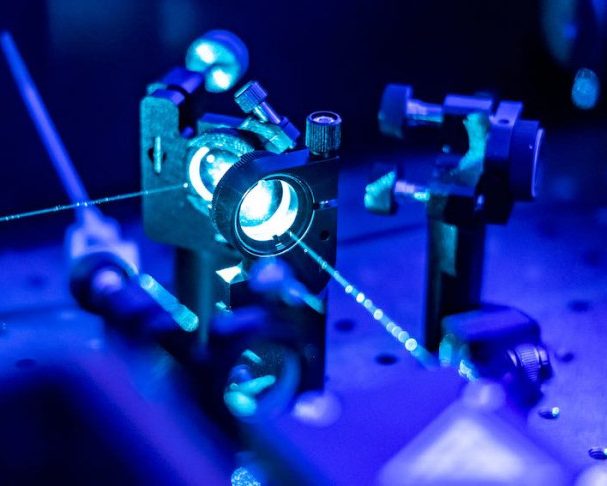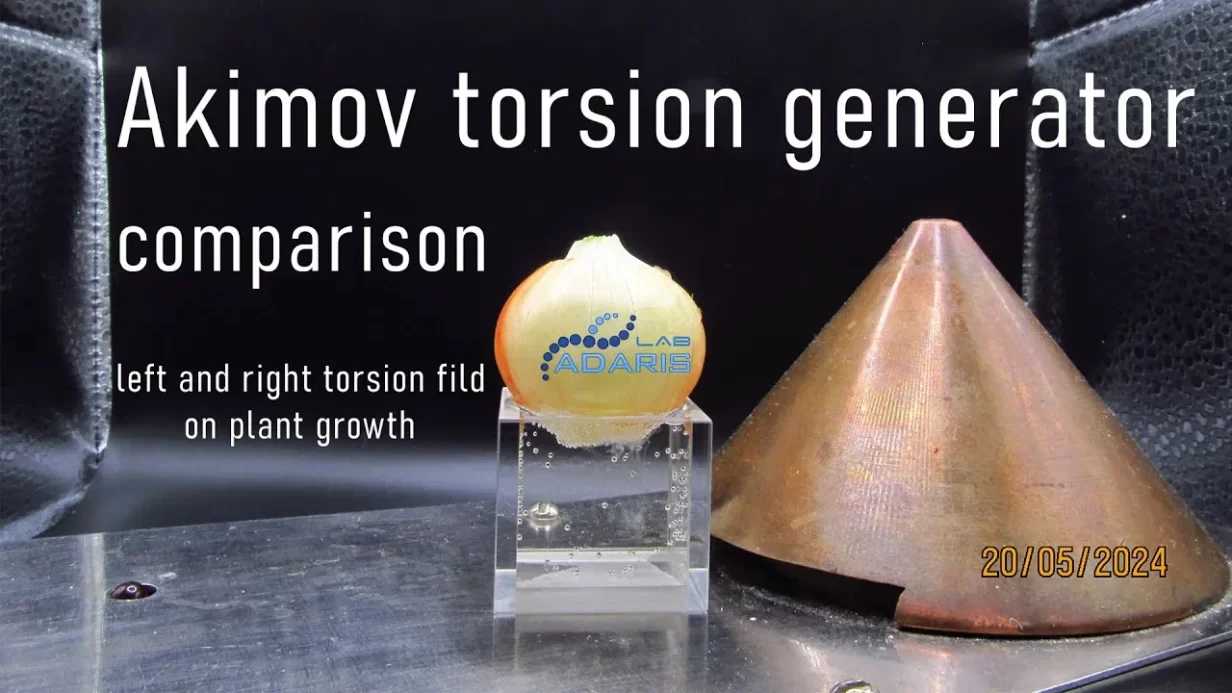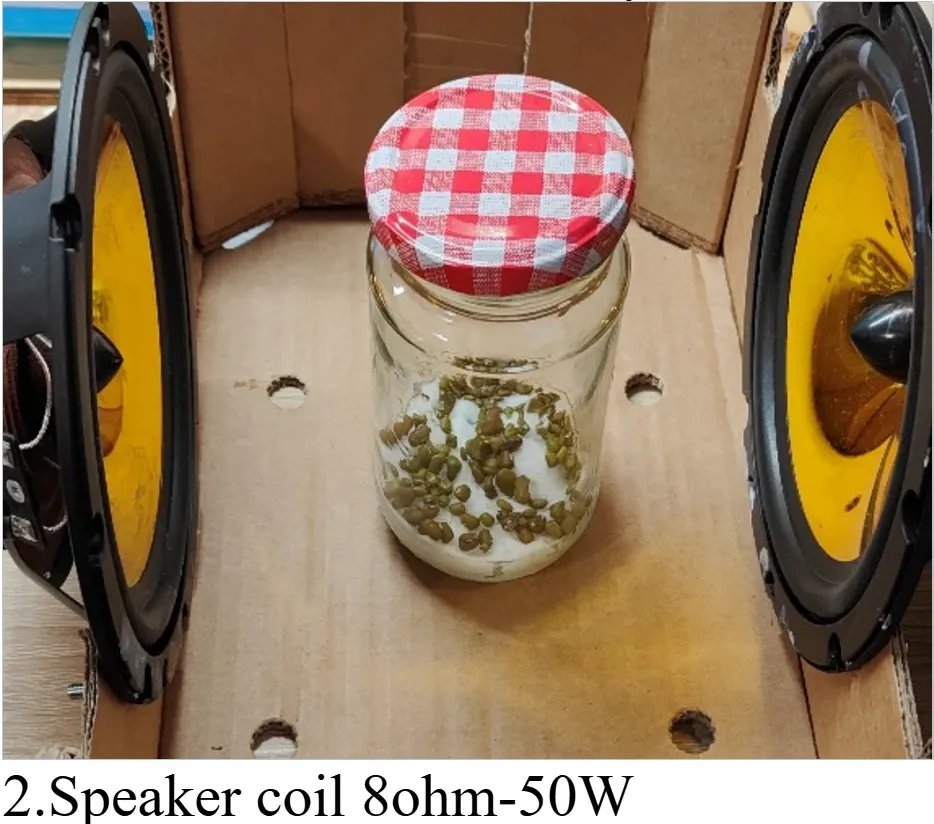ИССЛЕДОВАНИЯ
Наши исследования фокусируются на квантовых процессах в живых системах: когерентность, энергообмен, фотосинтез.
 Узнать больше
Узнать большеЭКСПЕРИМЕНТЫ
Квантовая биология эксперименты с голографическим методом управления функционирования клеток в живых организмах.
 Узнать больше
Узнать большеЭксперименты
Эксперименты в области квантовой биологии проведенные в нашей лаборатории или нашими коллегами из других независимых групп исследователей.
ЧИТАТЬ

проект Адарис
Музыка Генома
Я перевожу на мелодию секвенированные участки генов, превращая код природы в чистую вибрацию. Эти звуки раскрывают божественный ритм — оригинальную музыку универсального Творца.
СЛУШАТЬНОВОСТИ
Последнии новости нашего проекта
Эксперимент с голографическим методом управления биосистемами
Современная квантовая биология постепенно открывает перед наукой и медициной новые горизонты. Одним из наиболее интересных[…]
Сравнительный эксперимент по воздействию правого и левого торсионных полей генератора Акимова на рост растений
Введение Торсионные поля и их влияние на живые организмы остаются предметом интереса альтернативной физики и[…]
Квантово-биологический эксперимент: влияние спектра мШЭИ на рост семян гороха
Аннотация В работе описано исследование влияния модулированного широкополосного электромагнитного излучения (мШЭИ), полученного при помощи специлизированной[…]
Наша Команда
Наша команда — это объединение людей, для которых квантовая биология является не просто областью науки, а настоящей страстью. В проекте участвуют выдающиеся специалисты, сочетающие глубокие теоретические знания, практический опыт и нестандартное мышление.

Александр. Р.
Фотоника • Музыка • Оптоэлектроника
Увлечён квантовой физикой и электроникой. Воссоздал лазерную установку Георгия Тертышного и разработал алгоритмы, преобразующие квантовые лазерные спектры в музыку — провожу эксперименты.

Георгий. Т.
Физика • Квантовая Биология
Доктор технических наук, физик. Изобрел лазерную установку, чувствительную к регистрации спиновой поляризации.
КОНТАКТЫ
У вас появились вопросы, вас заинтересовали наши разработки?
Пожалуйста, воспользуйтесь ниже формой для связи с нами.




